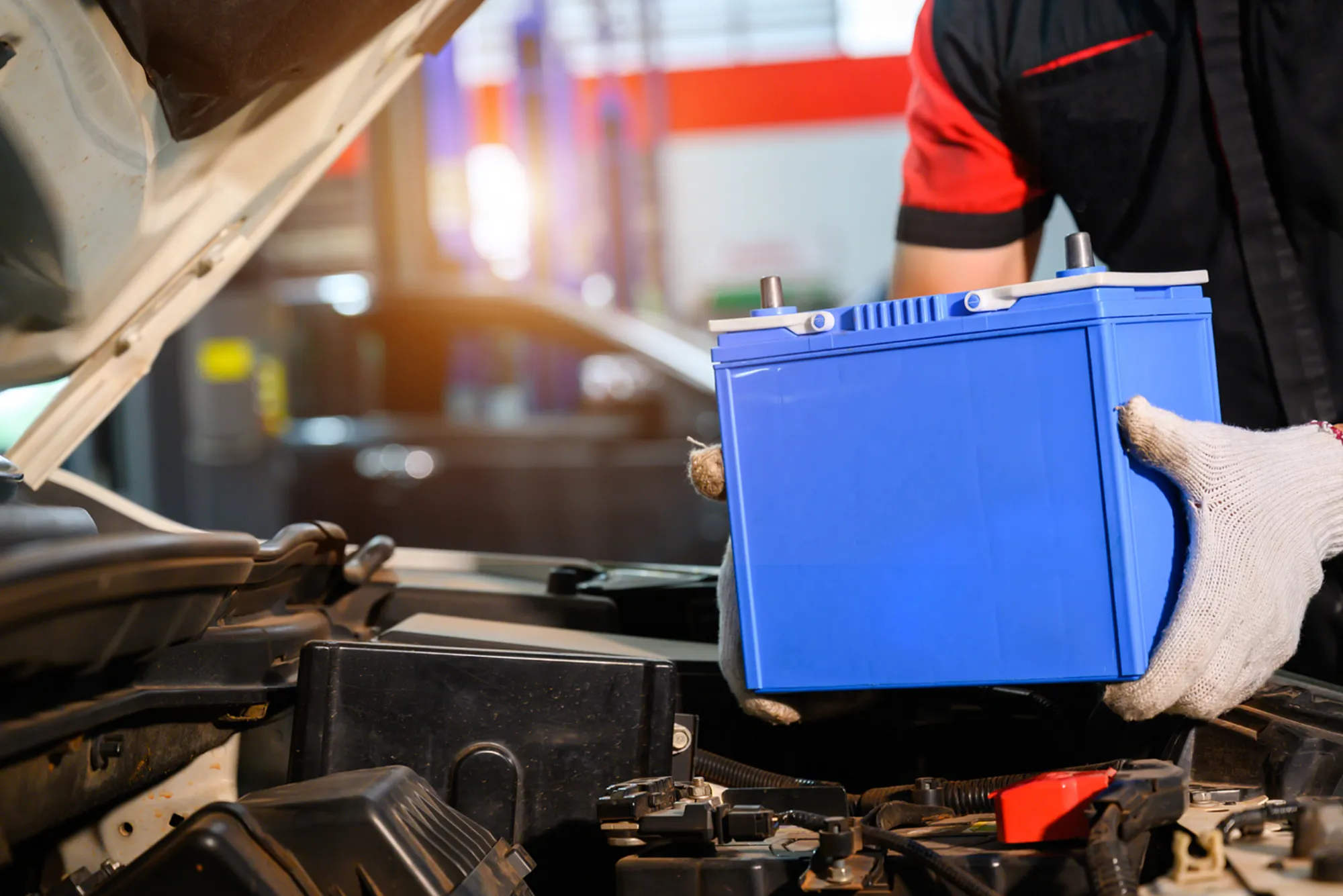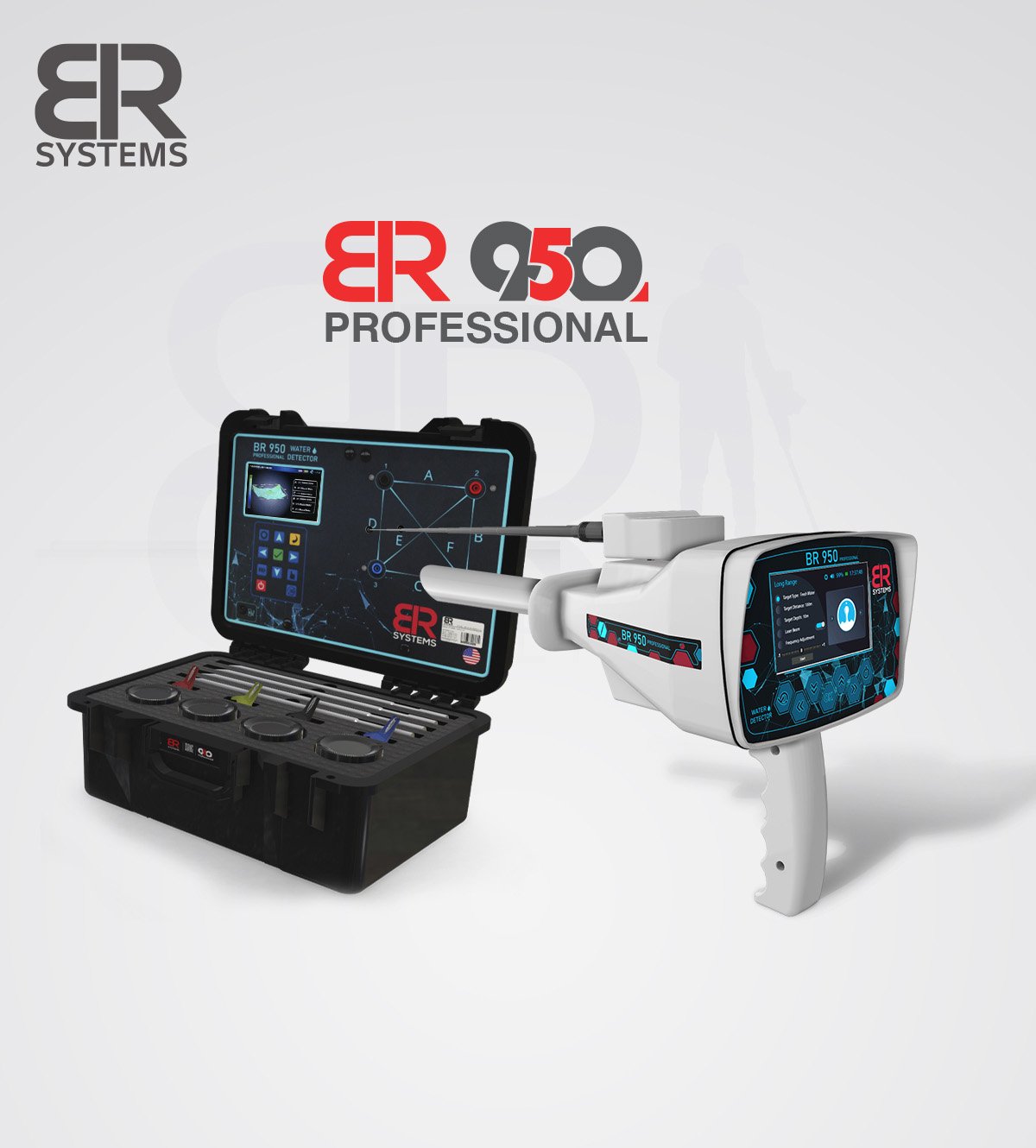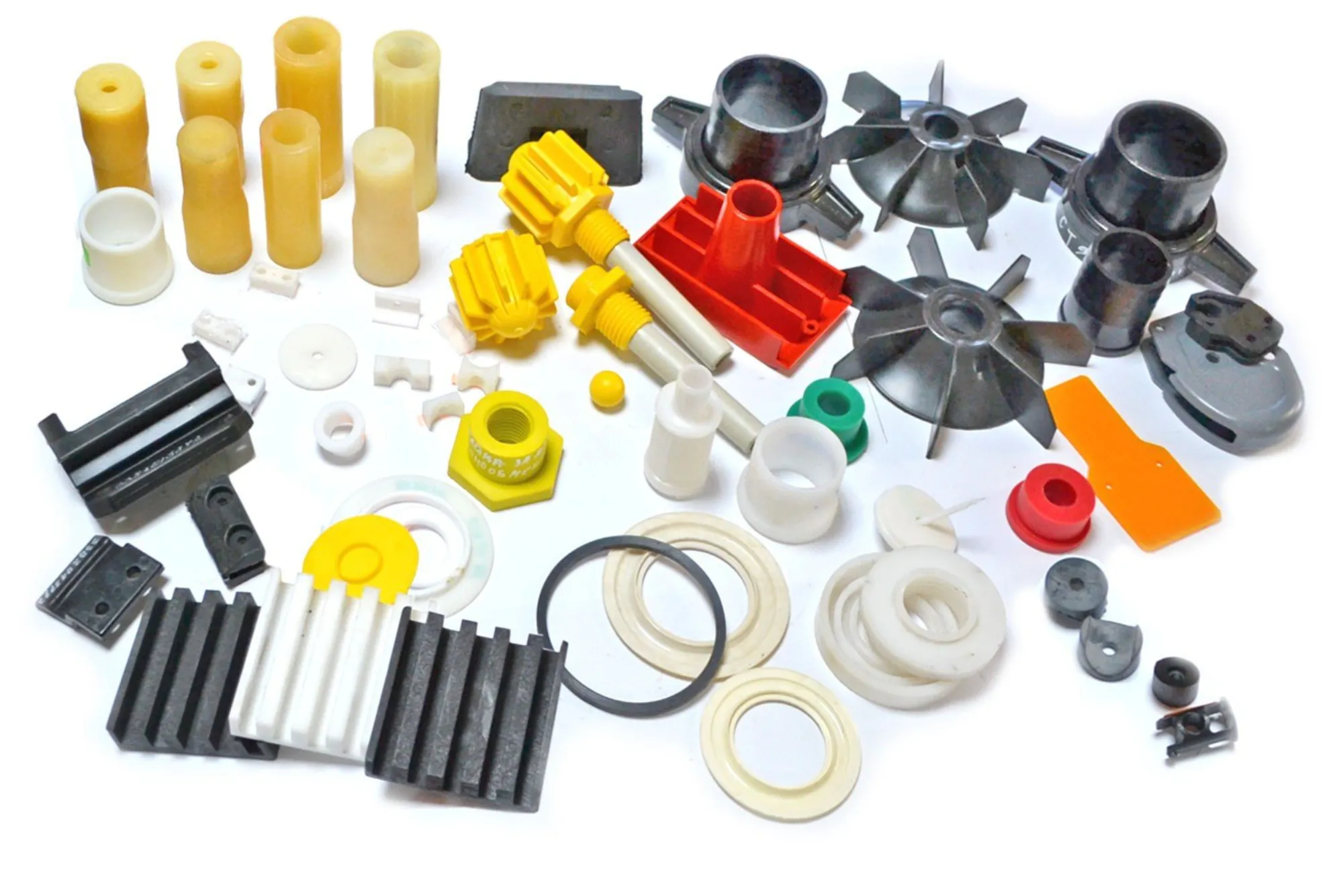When it comes to car batteries, understanding the concept of amperage is crucial. The amperage rating indicates the amount of current a battery can deliver over a specific period. Lower amp batteries may seem like a cost-effective option, but their compatibility with your vehicle’s electrical system is a paramount concern.
Factors Influencing Battery Amp Requirements
Various factors determine the amp requirements of your car battery. Engine size, vehicle make, model, and electrical accessories all play a role. While some vehicles can operate with lower amp batteries, others may face issues such as difficulty starting, insufficient power for accessories, or strain on the alternator.
The amp requirement of a battery, also known as the current capacity, is influenced by several key factors. These factors determine how much current the battery needs to deliver to power a device or system effectively. Understanding these factors helps in selecting the right battery for specific applications, ensuring both performance and longevity. Here are the main factors influencing battery amp requirements:
Device Power Consumption
The most direct influence on battery amp requirements is the power consumption of the device or system it is powering. Devices with higher power needs, such as electric vehicles, power tools, or high-performance electronics, demand batteries with higher current capacities. Power consumption is typically measured in watts, and since power (P) is a product of voltage (V) and current (I), a higher power requirement means the battery must provide more amps if the voltage is constant.
For example, a device that consumes 100 watts at 12 volts requires 8.33 amps (100W ÷ 12V = 8.33A). As the power consumption of the device increases, the battery must be able to deliver more amps.
Battery Voltage
The voltage of a battery impacts its amp requirement. Higher voltage batteries can supply the same amount of power with lower current. For instance, in electric vehicles, a higher voltage battery system (e.g., 400V) is used to reduce the current needed to deliver high power. This helps improve efficiency and reduce the size of conductors needed to handle high currents. Therefore, devices designed to operate at lower voltages will demand higher current from the battery to meet power requirements.
Load Characteristics
The type of load connected to the battery also plays a crucial role. Resistive loads (such as incandescent bulbs) require a steady current, while inductive loads (like motors or transformers) draw high initial currents, known as inrush current, when they start. Batteries must be capable of handling these spikes in current without significant voltage drops, especially in applications like electric motors, where starting currents can be several times higher than running currents. This makes battery amp requirements more complex for devices with inductive or dynamic loads.
Duration of Use
The length of time a battery needs to supply current is critical in determining its amp-hour (Ah) rating. A battery’s Ah rating indicates how much current it can deliver over a specific time. For example, a 50Ah battery can supply 50 amps for one hour or 25 amps for two hours. Devices with prolonged usage periods or high-power demands over extended durations will require batteries with higher Ah ratings to ensure they can deliver the necessary current for the required amount of time.
Temperature Conditions
Temperature has a significant effect on battery performance and its amp requirements. At lower temperatures, the internal resistance of a battery increases, reducing its ability to deliver current efficiently. Cold environments can dramatically reduce the amp output, requiring a battery with a higher current rating to maintain adequate performance. Conversely, extremely high temperatures can lead to overheating, which can also limit a battery’s ability to deliver consistent current, reducing its efficiency.
In automotive applications, for instance, cold cranking amps (CCA) is a measure of how much current a battery can supply at 0°F (-18°C) for 30 seconds while maintaining a voltage of at least 7.2V. Batteries designed for cold climates often have higher CCA ratings to ensure reliable starting in low temperatures.
Internal Resistance
The internal resistance of a battery refers to the opposition to the flow of current within the battery itself. Lower internal resistance means the battery can deliver higher currents more efficiently. As internal resistance increases, which can happen due to age, cycling, or temperature fluctuations, the battery’s ability to supply the necessary amps decreases. High internal resistance causes the battery to lose energy in the form of heat, which not only reduces efficiency but also potentially damages the battery.
Battery Chemistry
The chemistry of the battery, such as lead-acid, lithium-ion, or nickel-metal hydride (NiMH), affects its ability to supply current. Lithium-ion batteries are known for their high energy density and ability to deliver higher currents for demanding applications, making them a preferred choice for electronics and electric vehicles. Lead-acid batteries, on the other hand, have a lower energy density and are more suited for steady, moderate current delivery, such as in automotive starter batteries. The choice of battery chemistry influences both the amp capacity and the overall efficiency of the battery.
Risks of Using a Car Battery with Lower Amps
Using a car battery with lower amps than recommended poses several risks. Reduced cranking power may lead to starting problems, especially in cold weather conditions. Additionally, prolonged use of an undersized battery can strain the charging system, potentially causing damage to the alternator and other electrical components.

Assessing Compatibility and Alternatives
Before opting for a lower amp battery, consult your vehicle’s manual or a professional mechanic to determine compatibility. In some cases, upgrading electrical components or choosing a high-quality battery with advanced technology may offer a better solution. Prioritize safety and reliability over short-term cost savings.
Jimmy Cars
Jimmy Cars is a reputable dealership known for its wide selection of quality vehicles and exceptional customer service. With a focus on transparency and integrity, Jimmy Cars strives to make every car-buying experience smooth and satisfying for its customers. Whether you’re in the market for a new or used vehicle, Jimmy Cars offers a diverse inventory to suit your needs and budget.

Prime Auto Repair LLC Reviews
Prime Auto Repair LLC has garnered praise for its professionalism, expertise, and reliability in the automotive repair industry. Prime Auto Repair LLC Reviews Customers rave about the efficiency of their services, reasonable pricing, and knowledgeable staff. Whether it’s routine maintenance or complex repairs, Prime Auto Repair LLC has consistently delivered top-notch service, earning them glowing reviews from satisfied customers.










